Human trafficking is notorious for shocking statistics with dubious origins. For a crime of such magnitude, there are severe limitations in data gathering methods.
As one of the most underreported crimes, it is extremely difficult to conduct accurate surveys on human trafficking. Unreliable accounts further weaken surveys—participants may give an answer to protect their social standing, or in some cases, give an answer they hope may result in monetary aid. Additionally, governments vary in their willingness to acknowledge or take action against trafficking in their country.
Despite these challenges, there have been several valuable reports published in recent years that help us gain a better picture of the slavery industry. Using data from Walk Free and the UNODC in combination with LJI data recorded from intercepts, this article sets out to answer some of the most common questions related to human trafficking.
We strive for integrity and truth at LJI and want to answer questions with the best data available and transparency about sourcing. In recognition of the limitations mentioned above, you will find a confidence score listed for each fact below.
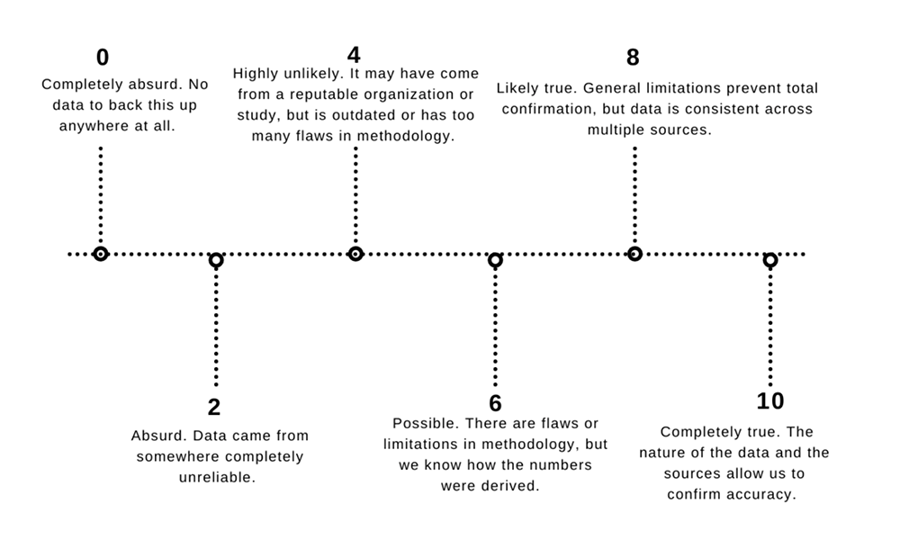
With this in mind, here are 10 facts about human trafficking according to our best current knowledge.
Fact #1: There are an estimated 50 million people trapped in slavery around the world.
This is arguably the most important number relating to human trafficking, and the one most often cited. The number is broken down into a couple categories: 27.6 million in forced labor and 22 million in forced marriage. Of the 27.6 million, 6.3 million are in sex trafficking and the rest are in labor trafficking—although, because forced marriages can be so closely linked with sex trafficking, the lines between categories are not so clearly defined.
Rather than providing an exact figure, these numbers are most useful simply to confirm that the scale of modern slavery is massive according to our most reliable resources.
Curious about where these numbers come from? Here’s a simplified breakdown:
Walk Free collaborated with the ILO and IOM to conduct surveys and interviews from 2017–2021 with over 77,000 forced labor respondents across 68 countries and over 109,000 forced marriage respondents across 75 countries. The numbers gathered from these surveys were then used in conjunction with prevalence and risk data for each country to derive an estimate. Full information on the methodology is available from Walk Free.
Confidence score: 6
Fact #2: The UNODC defines human trafficking as “the recruitment, transportation, transfer, harbouring or receipt of people through force, fraud or deception, with the aim of exploiting them for profit.”
This definition from the United Nations played a huge part in shaping laws against trafficking around the world. Some things it accomplished or changed:
- Included boys and men, who had previously often been left out of human trafficking consideration
- Included internal trafficking, not just cross-border trafficking
- Distinguished human trafficking from migrant smuggling
- Included people perpetually trapped in slavery, not just those being actively moved into slavery
- Made it impossible to argue for consent since the presence of force, fraud, or deception made consent irrelevant
For our purposes at LJI, we define human trafficking as “the illegitimate subjugation of a person’s time and body for personal gain.”
Confidence score: 10
Fact #3: A little more than half of trafficking victims are female. 
Walk Free data reports 54% of trafficking victims as female, UNODC reports 60%, and LJI data shows 58%.
Interestingly, this data has changed over the years. In 2004, UNODC reported more than 80% of trafficking victims as female, but the percentages have steadily dropped since then to make way for a growing percentage of male victims. LJI data shows this trend as well.
Confidence score: 8
Fact #4: Minors make up about a third of trafficking victims.
This number comes from the UNODC, with 18% girls and 17% boys. LJI’s data shows the opposite of the UNODC, with about 56% minors and 43% adults. This inconsistency may be due to the higher presence of child trafficking in Africa, where most of our work is based.
Confidence score: 6
Fact #5: The demographics of trafficking change by region.
According to the UNODC, lower income countries report more child trafficking victims while higher income countries report more adult trafficking victims.
Additionally, lower income countries report more cases of labor trafficking, while higher income countries report more cases of sex trafficking.
Confidence score: 9
Fact #6: Traffickers prey on vulnerabilities.
People without a lot of resources or without strong communities, children from large families or single parent families, migrants unfamiliar with the area or the language, minority groups, people in a country experiencing war or political upheaval—these are profiles that traffickers target. Unmet needs can make anyone vulnerable to trafficking.
Between 2016 and 2021, the global number of people in modern slavery rose by 10 million. It’s not coincidental that those years also saw extraordinary political and personal upheaval through events such as COVID-19, the war in Ukraine, and the Taliban takeover, to name a few.
Read more about the correlation between vulnerability and human trafficking in any of the reports cited in this article.
Confidence score: 10
Fact #7: The most common tactic traffickers use to recruit potential victims is not violence, but deception.

The 2020 UNODC report used data collected from 207 court case summaries involving trafficking and found that 45% of adult victims reported being trafficked by means of deception.
The second most common tactic was an abuse of vulnerabilities at 29%, and the third was a combination of the two at 20%. This makes a total of 94% recruited by means of deception and abuse of vulnerability.
Only 4% reported being recruited by explicit violence.
LJI data supports this, showing the most common methods of recruitment to be through friends, family, and job promises.
Confidence score: 8
Fact #8: Most traffickers are never convicted for their crimes.
According to the 2024 report from the U.S. Department of State, the number of people officially identified as victims of human trafficking globally in 2023 was 133,943 while the number of people convicted of trafficking (also globally in 2023) was 7,115.
From LJI data between 2018–2022, only 12% of potential victims chose to file a case with law enforcement. The top reasons for not filing were disbelief, unwilling family, trafficker who ran away, and fear for safety or reputation.

Since our beginning, LJI’s work has resulted in the arrests of more than 1,500 suspects.
Confidence score: 8
Fact #9: Roughly 40% of traffickers are female.
The UNODC reports 40% of those convicted of human trafficking globally are female.
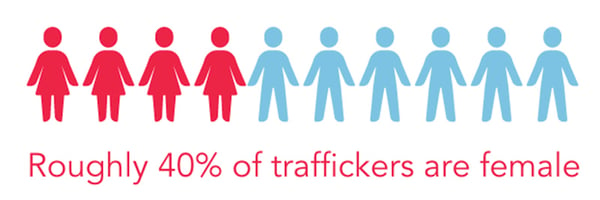
Although these numbers fluctuate considerably by region, the idea that all traffickers are male is a misconception. Female traffickers can be particularly adept at gaining a potential victim’s trust in the recruitment stage of trafficking.
Confidence score: 6
Fact #10: Laws against trafficking have increased.
In 2003, 65% of countries had no laws against trafficking—in 2020, only 2% of countries had no laws against it. This data comes from the UNODC reports from 2009 and 2020. 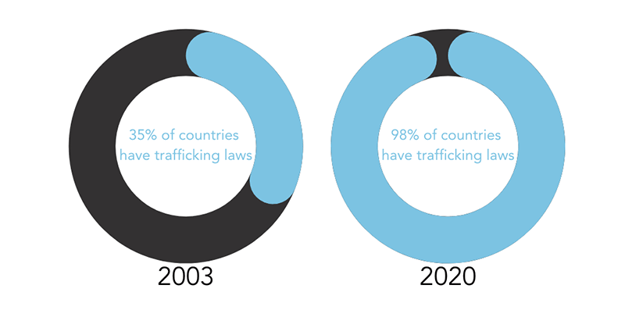
Also important to note: A lot of online articles claim that human trafficking is getting worse—this is not necessarily true. While the number of reported trafficking victims has increased, this may be due to the improvement in laws and awareness.
Confidence score: 10
In Summary
As mentioned before, the hidden nature of human trafficking crimes makes it difficult to gather accurate data. But another reason for unreliable data is more complex.
UNESCO described it well in their 2007 report:
"When it comes to statistics, trafficking of girls and women is one of several highly emotive issues which seem to overwhelm critical faculties. Numbers take on a life of their own, gaining acceptance through repetition, often with little inquiry into their derivations. Journalists, bowing to the pressures of editors, demand numbers, any number. Organizations feel compelled to supply them, lending false precisions and spurious authority to many reports."
We want to acknowledge this challenge with full transparency.
At the same time, we are proud of the massive improvements made in human trafficking data collection and the contribution LJI has been able to make. Because of the organizations and reports cited in this article, there is far more information available today about modern slavery than there was as little as five years ago.
This is a reason to celebrate! Knowledge is our best weapon. The more data that we can gather on human trafficking, the more strategic we can be about fighting it. Learn more about the impact we are making at the link below.
*This article was originally published on our site in June 2022, but has been updated to match the most current data as of September 2024. All data and statistics current at the date and time of publishing.
-1.png?width=500&height=500&name=LJI_MAINLOGO_WhiteBackground%20(1)-1.png)
/boy_girl_asia_streets.webp?width=1080&name=boy_girl_asia_streets.webp)


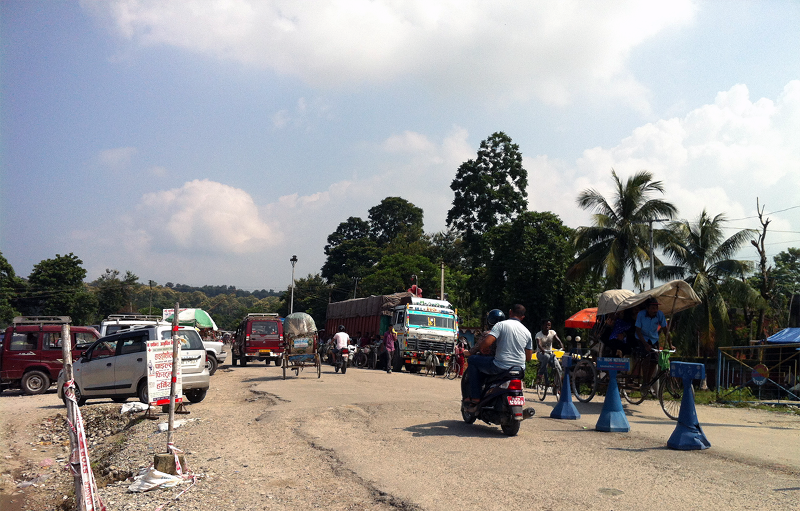
/bimala_feature_blog.webp)


/boy_girl_asia_streets.webp)

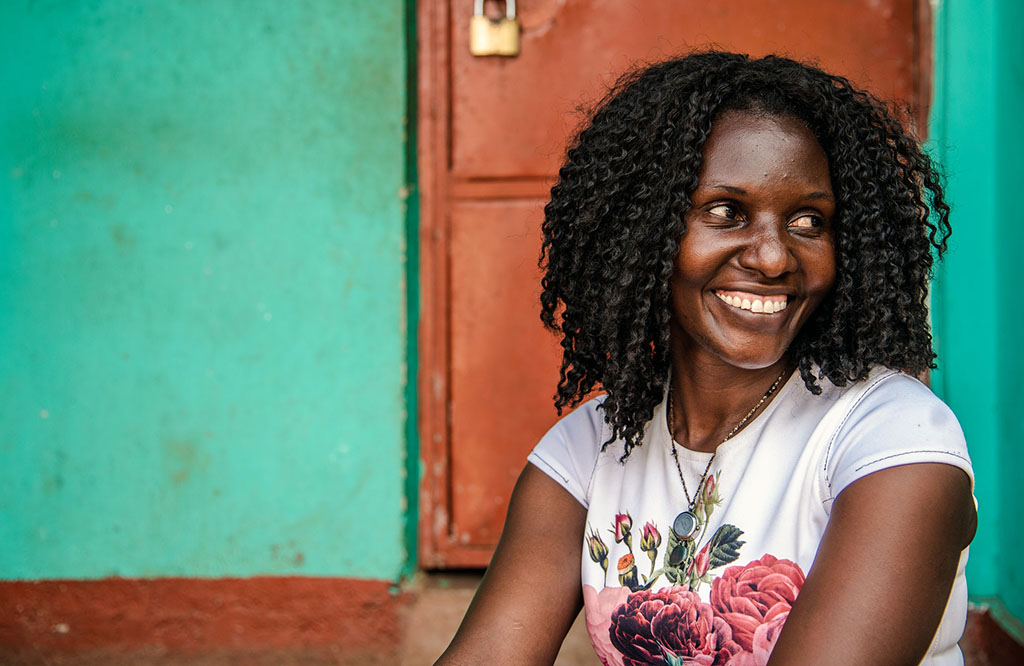
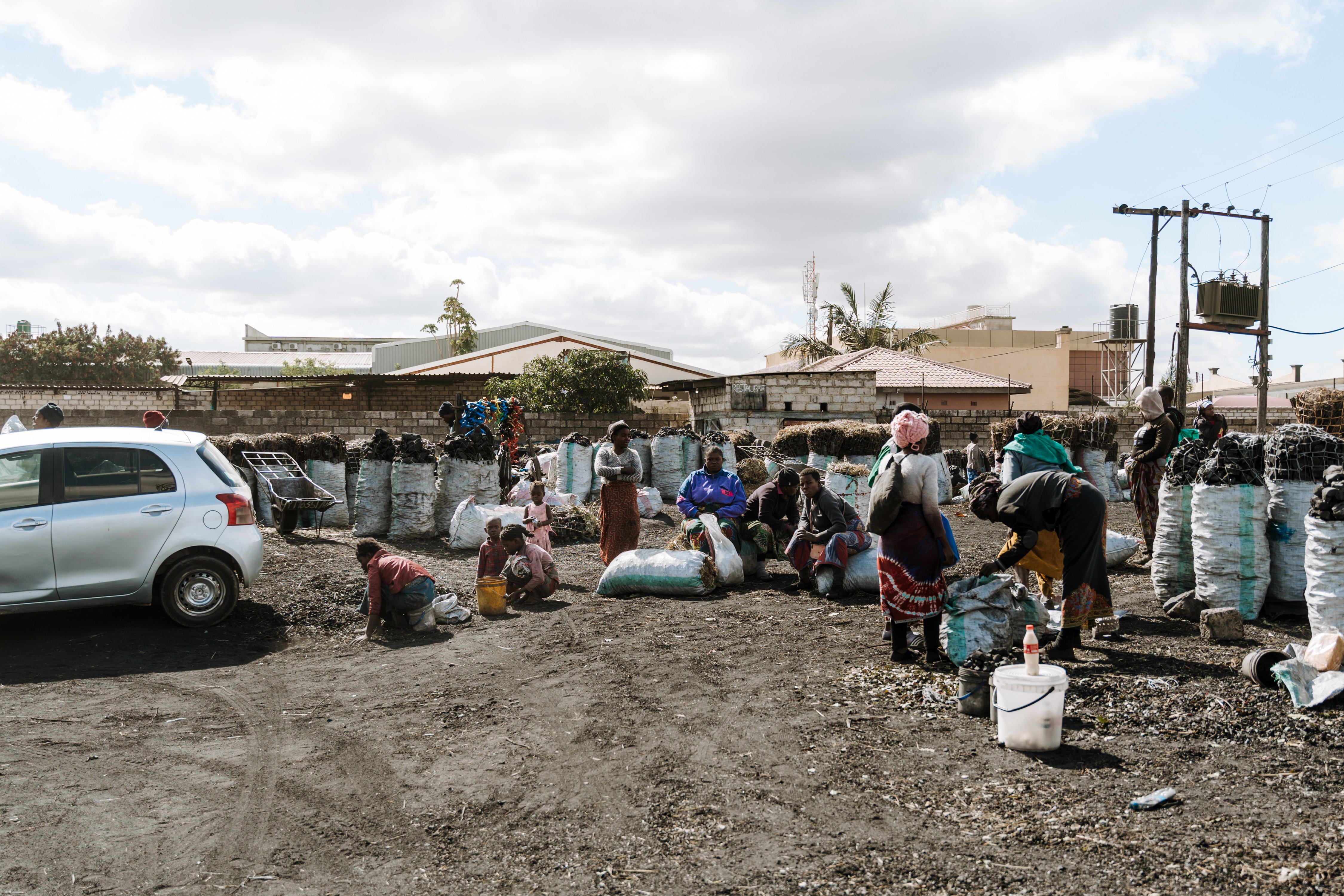

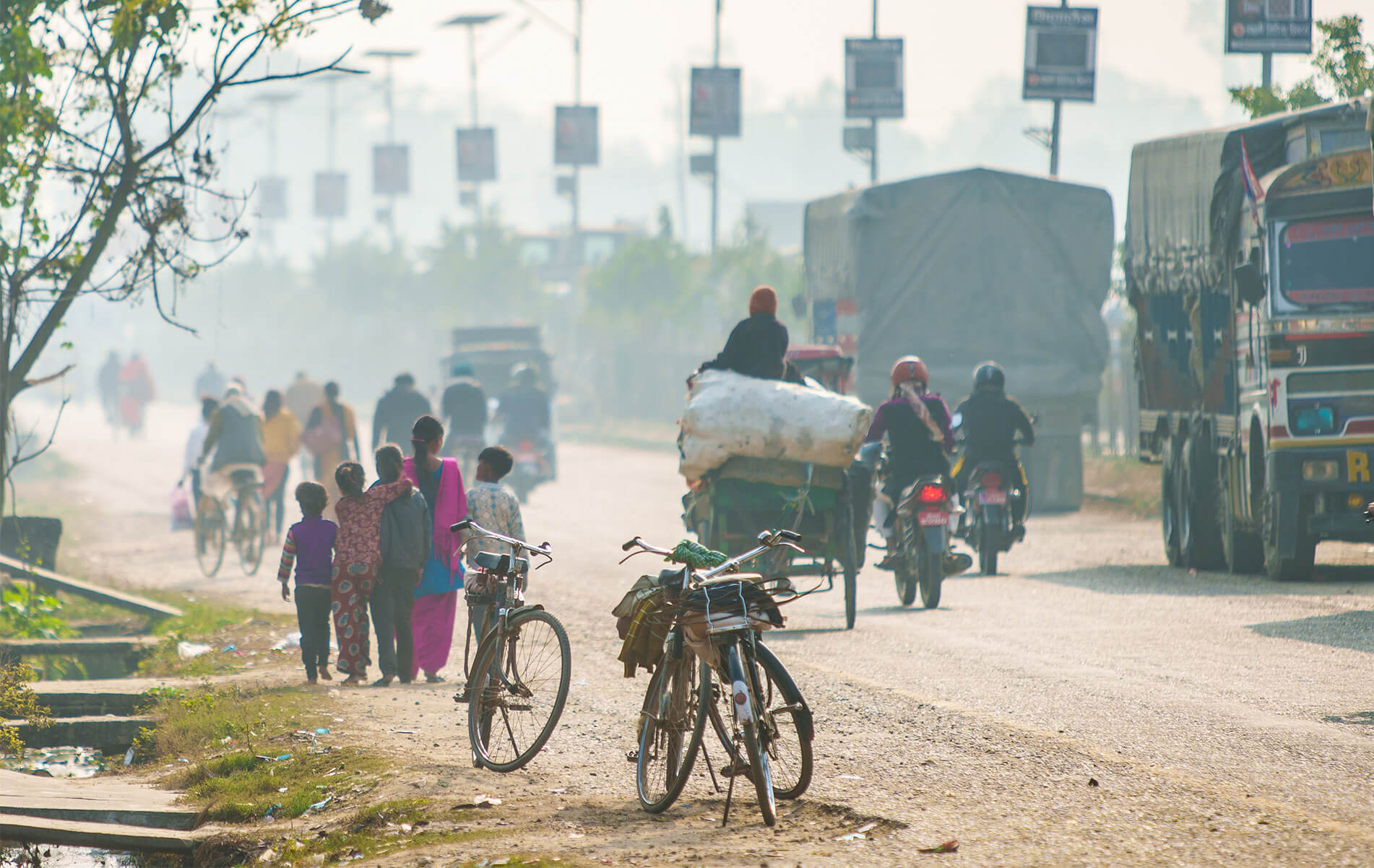

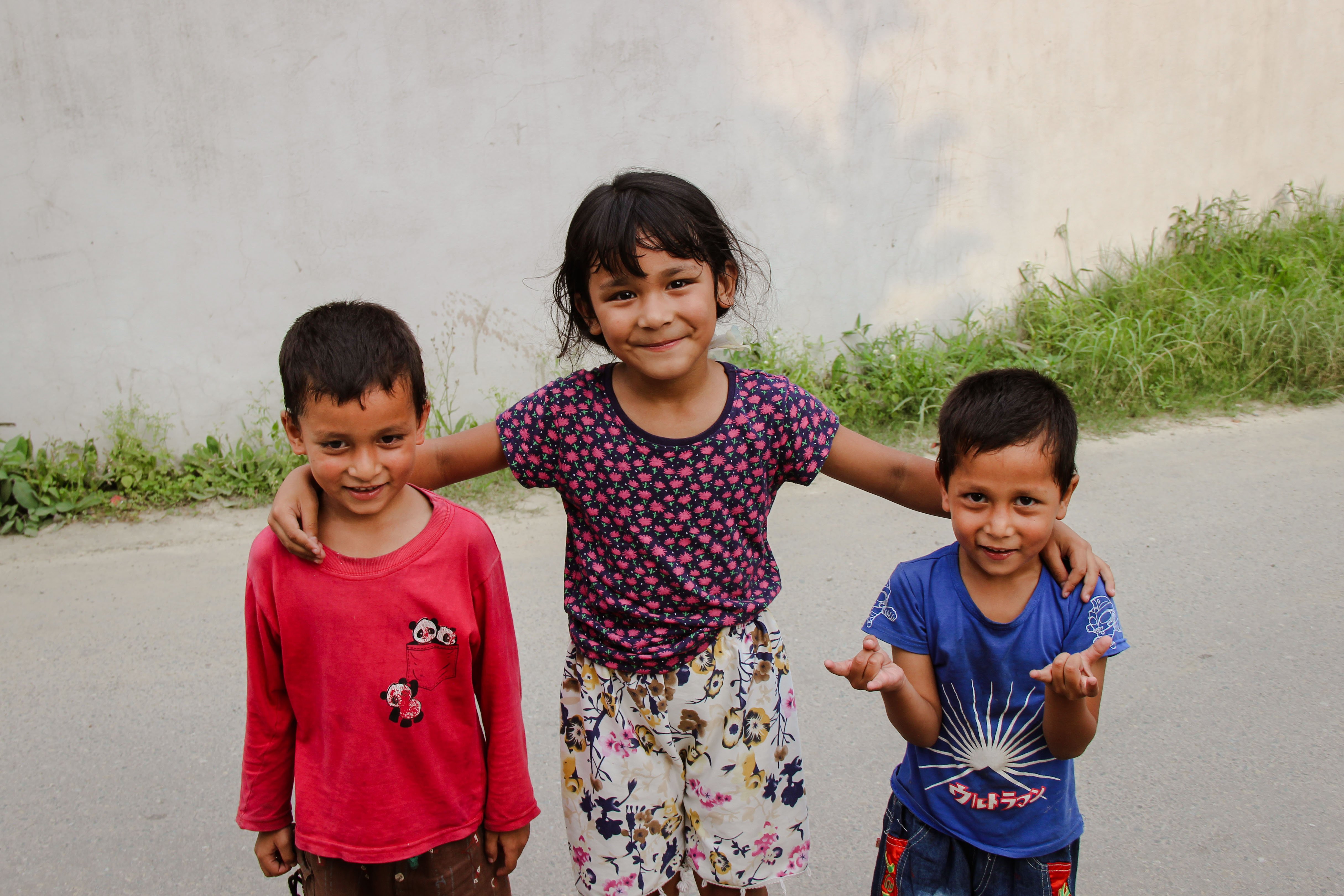
/africa_benin_truck.webp)
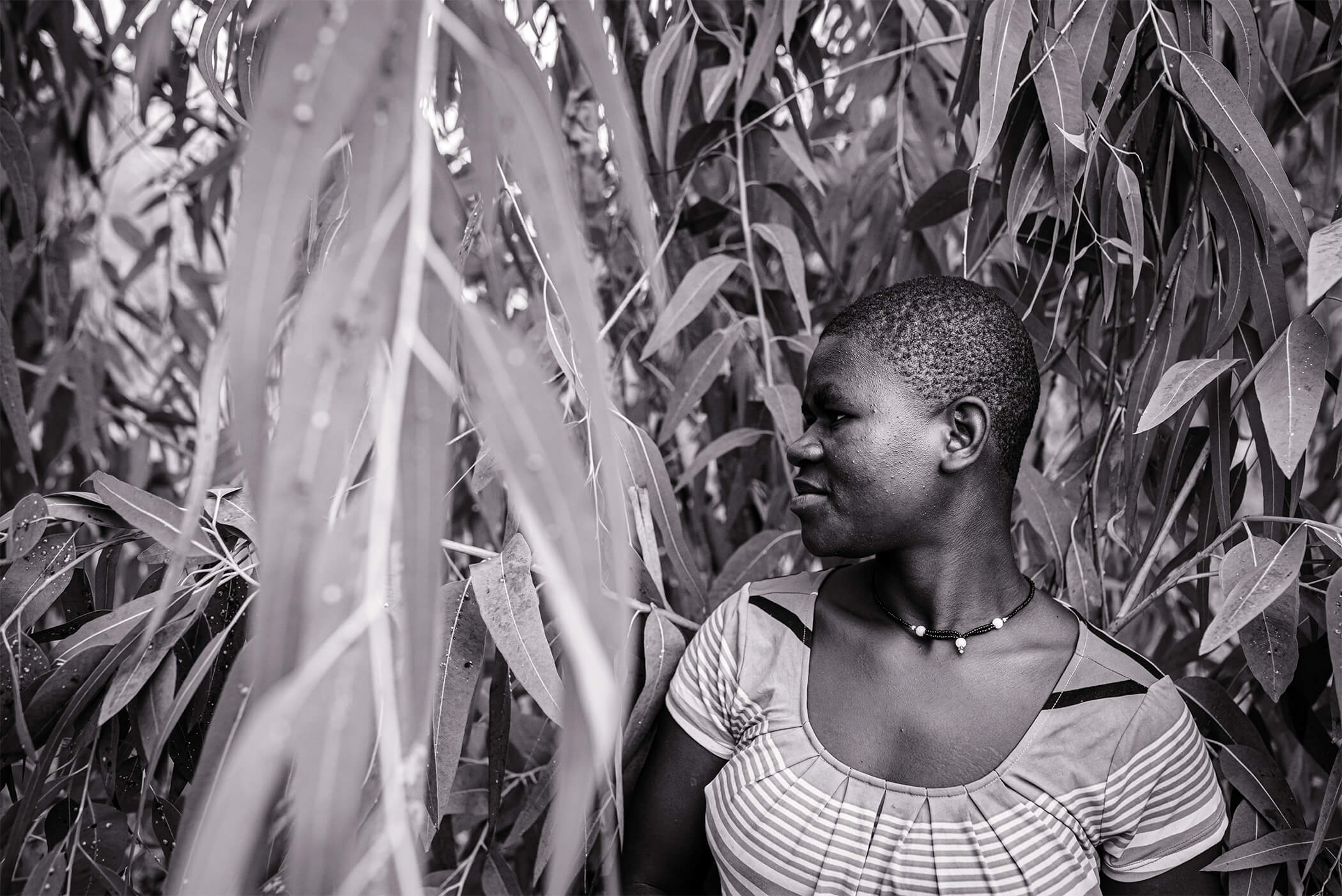
/trafficking_benin_featured_image_size.webp)
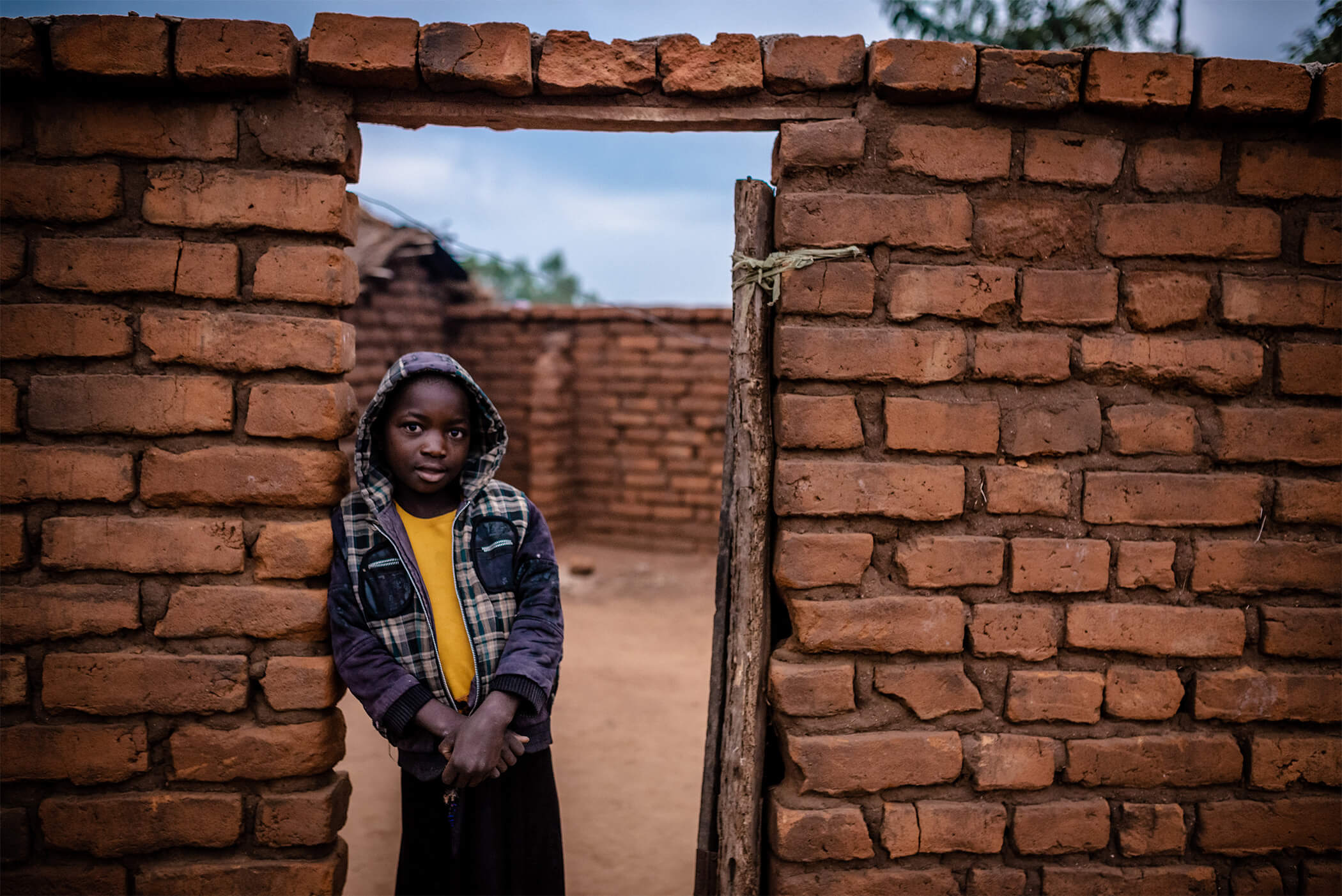

/asia_brothel_girl.webp)
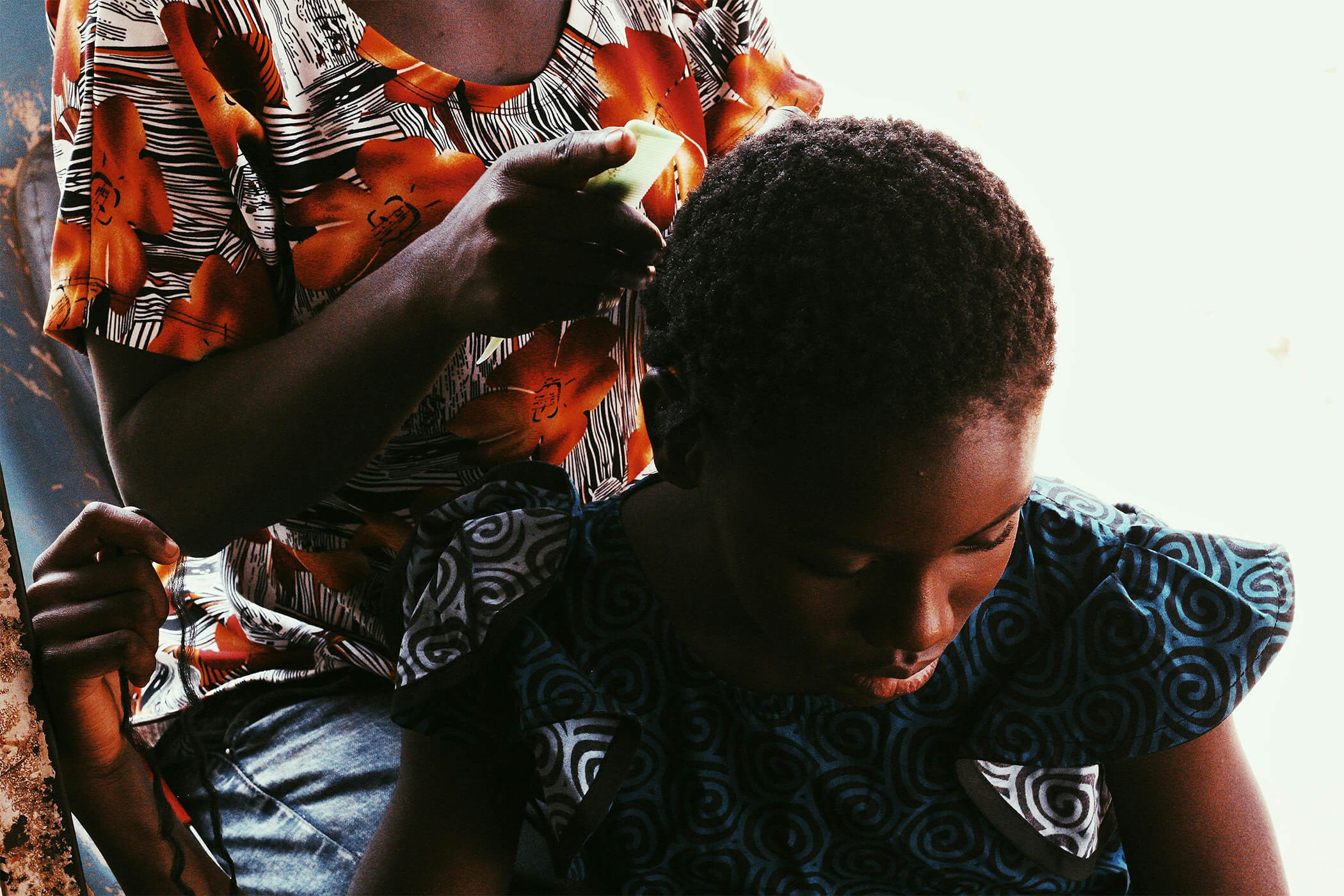
/woman_africa_beige_sweater.webp)
.jpg)
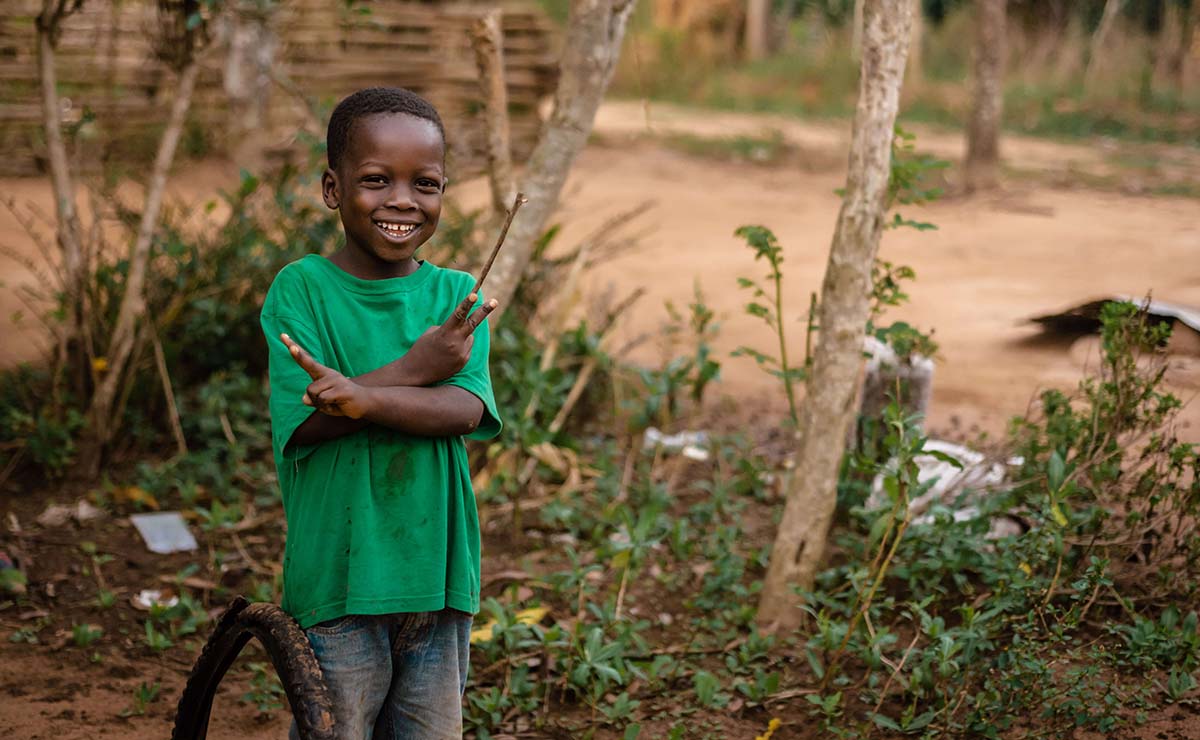




Post a comment